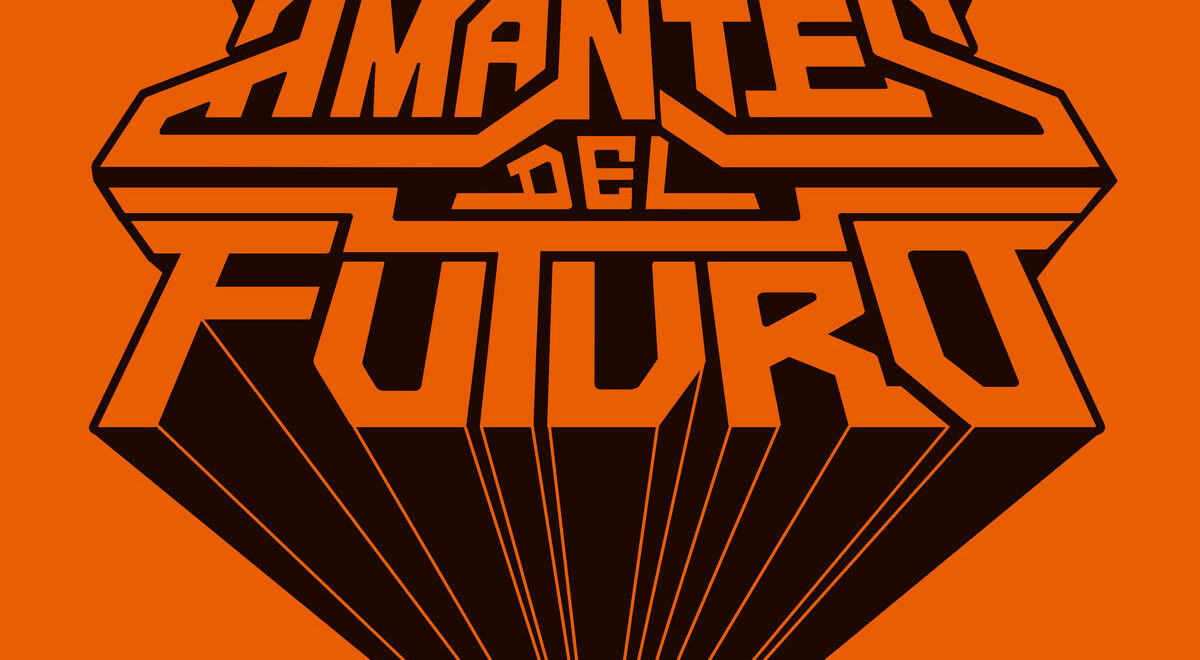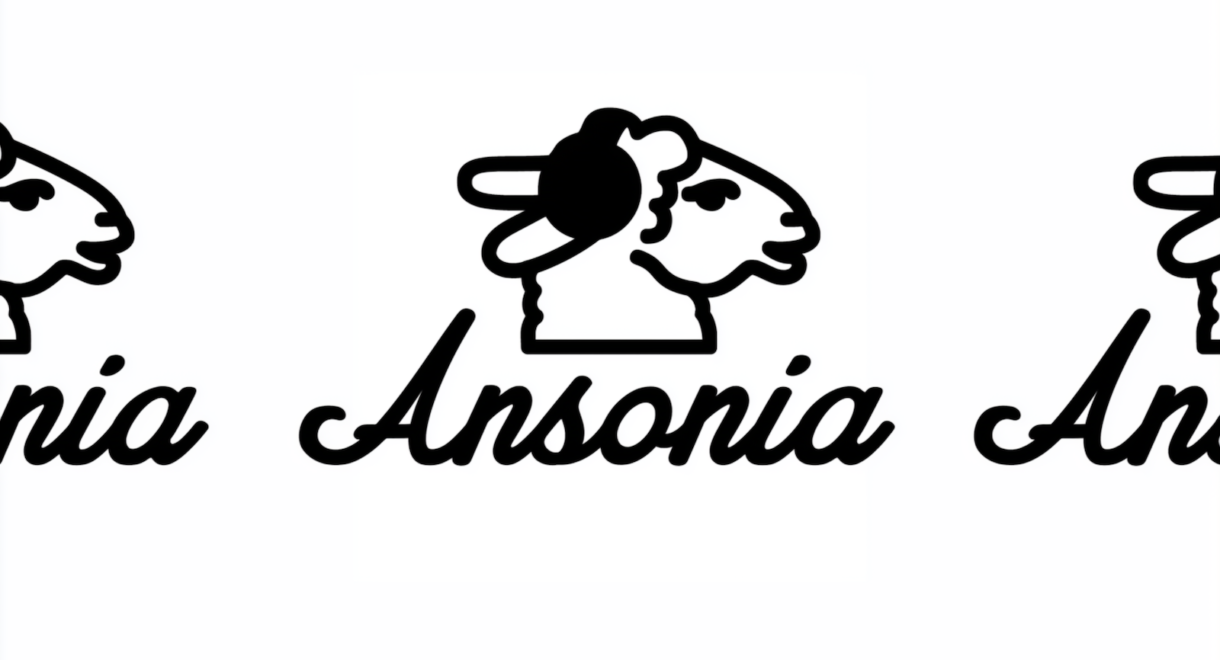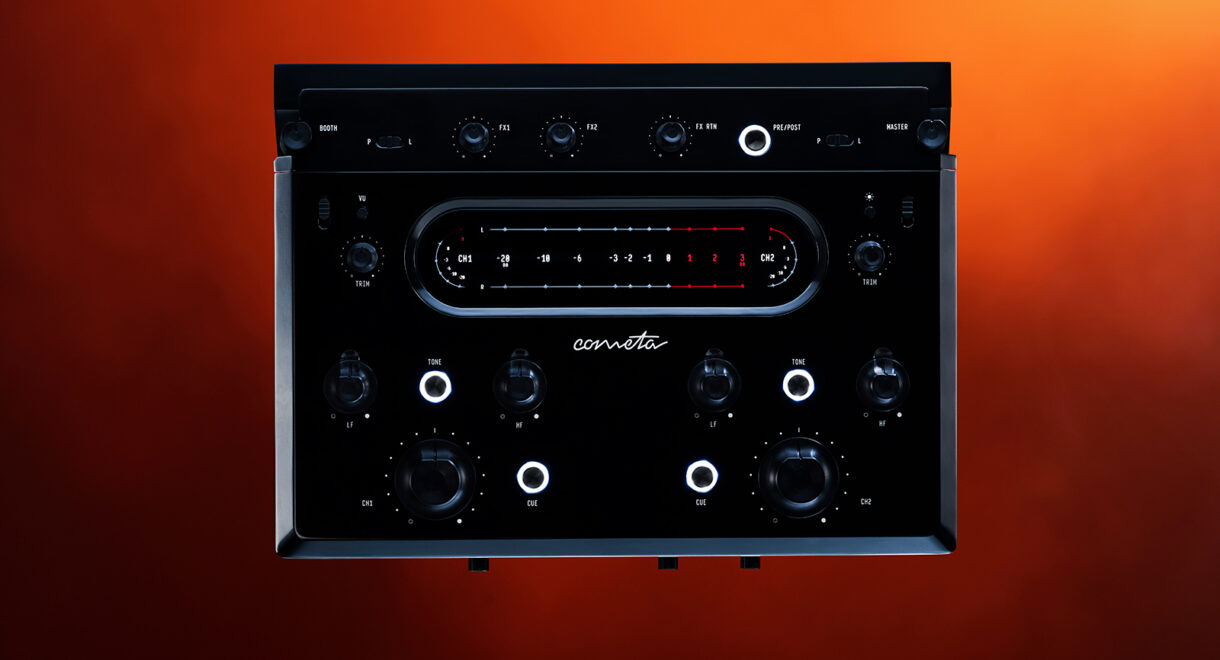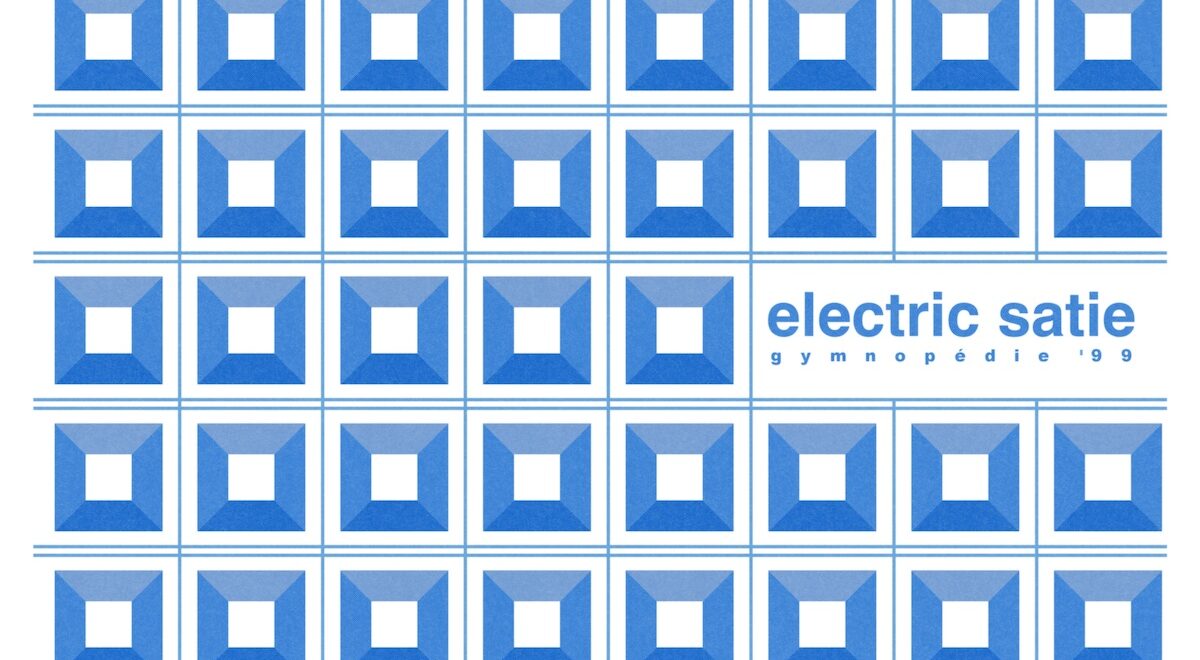Digital cumbia legend Amantes del Futuro will perform on Halloween at ZZK Records’ CUMBIATECA night. Originating from the coastal regions of Colombia, cumbia is one of the most […]
La Super Cumbia Futurista: In Conversation with Amantes del Futuro

Futuristic digital cumbia from one of the leading voices of the genre.
Originating from the coastal regions of Colombia, cumbia is one of the most iconic dance traditions in all of Latin America. A fusion of Indigenous, African, and Spanish influences, the infectious folk dance is characterized by its distinct syncopated rhythm (cha-chacha-cha), and has regional variants in nearly every Latin country including Mexico, Peru, Argentina, Ecuador, Cuba, Chile, Venezuela, and beyond. While traditional cumbia typically features live percussion, accordion, and wooden gaita flutes, contemporary forms of the genre have emerged in the past two decades expanding the instrumentation to include electronics, synthesizers, and digital soundscapes.
One of the great torchbearers of digital cumbia is Ima Felini aka Amantes del Futuro (Lovers of the Future). Since 2002, Felini has reimagined cumbia for the future with his Super Cumbia Futurista collective in Mexico City, various projects such as Afrodita, Agrupación Cariño, Wendys, Isidro Cuevas y Willy Cabanas, along with his solo project Amantes del Futuro. His sound is rooted in the classic traditions — “Colombian cadence, sonidero pulse, rebajada drag, villera fire, Peruvian chicha” — but also draws from house, techno, dub, hip-hop, ’80s music, and various dance traditions from around the world. He has cited Aphex Twin, Boards of Canada, Autechre, Kraftwerk, Dee Lite, Lee “Scratch” Perry, and Kruder & Dorfmeister as influences, along with Latin artists Grupo Soñador, Eduardo Zurita, and Polibio Mayorga.
Amantes del Futuro will be performing live in Los Angeles on Halloween for CUMBIATECA, a late-night cumbia rave presented by ZZK Records and Mister Psychedelia. The event will feature artists from the tropical vanguard of Mexico, Colombia, Dominican Republic and Los Angeles. Tickets are available here. Don’t miss it…
In anticipation for his set on Friday, In Sheep’s Clothing’s Phil Cho spoke with Felini to learn more about his background, influences, early experiments in digital cumbia, favorite tracks, and more!
Hi Ima! Starting from the beginning… You’re originally from Mexico City. Obviously, cumbia has been popular there for a long time. What are some of your earliest memories of cumbia and music in general?
I have studied music since I was a little kid playing violin at the age of four, and then guitar and piano. Later, I wanted to study cinema, but it was a very bad time for filmmaking in Mexico. So I ended up going to school for classical composition. Since I was a kid, I remember cumbia everywhere in the markets, streets, buses, and metro stations. It’s very popular in my country. For many years, people said it was poor music for the lower classes. I always hated that discrimination against the popular rhythms of my country. In those early years, I started making electronic music and experimenting with different rhythms like dub, ambient, hip-hop, ‘80s influenced music, techno, and many other styles. But for me, all that music felt very cold. I wanted to make Mexican electronic music, and I found that cumbia was an amazing rhythm to create the warm sound that I wanted.
How did you start creating digital cumbia and what were some of the early projects? I heard there was one called La Super Cumbia Futuristica?
My first experiments into cumbia were before I even got a computer. I was in high school and a friend had a Roland MC-303 groove box. We studied at a school in the mountains of Mexico City where there were always cumbia parties around in the little towns. We made an early experiment of digital cumbia with this Roland machine. That was in ‘94 or ‘95 when I was almost finishing high school, and before I went to composition school.
Around 2002, I was making chill-out music and trip-hop, but I decided that I wanted to go deeper into cumbia. My project was going to be called Amantes del Futuro. I have done many different cumbia projects, but Amantes is the oldest. La Super Cumbia Futurista was a collective of friends that I invited to make cumbia for a compilation. That was never released officially, but we started to work on many projects from 2003 until 2012.

“At the beginning, we were very criticized. People were like, ‘Why are you doing cumbia?’ I used to DJ in restaurants and bars… When I put on cumbia, the manager would come up and tell me, ‘Take this off, please. This is shit music.'”
What were some of the activities of the collective? Were you releasing music and throwing parties? Also what was the early response to this new digital cumbia sound?
We made these compilations that we self-released on CDs and gave to our friends. We also hosted many parties. At the beginning, we were very criticized. People were like, “Why are you doing cumbia?” I used to DJ in restaurants and bars playing house and techno, but when I put on cumbia, the manager would come up and tell me, “Take this off, please. This is shit music.” Even at a friend’s wedding, I was invited to play cumbias along with a friend from Sonido Desconocido, and while we were playing, one guy came up and broke my nose. It was like that for many years, and people treated us very badly because we were playing cumbia outside of the barrios in environments where cumbia was not supposed to be played.
The sound of digital cumbia was still very much developing at this time. I’d love to know what some of those early experiments sounded like?
Those early cumbias that my friends and I were making were very primitive. I might still have some of those songs on an old hard drive, but I remember we didn’t know how to make cumbias, and they sounded really unrefined. For example, we didn’t know how to properly use the percussion. Over the years, we learned it, but it was interesting because everything that was made was very spontaneous and original. There were hardly any people making cumbia in an experimental way in Mexico City, but we continued developing our sounds. Each project had its own unique style. After many years, we started building some credibility around it. Suddenly, there were a lot of people also doing what we were doing.
We put up some songs on Myspace, and that’s how we got in contact with people from Argentina that later became part of Zizek and ZZK Records, and also Cumbia Cosmonauts from Australia who were investigating cumbia and sound systems. It started to become a network, and finally some of the projects were released on labels. However, during that time, my project Amantes del Futuro was never officially released because I spent many years searching for my peculiar sound.
I’ve heard that “Paso del Gigante” by Grupo Soñador was a pivotal track for you. Can you talk about that track and what was special about it?
In the 2000s, Cumbia Poblana, one of the main schools of cumbia, was getting very popular. I was still in university when this song “Paso del Gigante” came out. As I mentioned before, I was looking for something that was both very Mexican and very electronic. This song had it totally. It was a very potent synth cumbia with an amazing rhythm. For me, that was it. It was a huge hit in my country, and this song inspired me to create the sound that I was looking for.
I’m very happy because two years ago, the daughter of one of the musicians from Grupo Soñador wrote to me, “Hey, are you Amantes del Futuro? I want to do a cover of your song, “Cumbia Rosa” but with Grupo Soñador.” I was like, “Wow! Of course, let’s do it. Tell your father that he’s my teacher.” That track was released in 2022.
That’s a beautiful story! Were there other groups or tracks that had a similar impact influencing your sound?
There are many. The marvelous part about this cumbia rhythm is that it’s a huge world. From Colombia to Argentina to Ecuador to Venezuela, you can find many songs and amazing singers, accordionists, percussionists, musicians, etc. There were so many songs that inspired me to do Amantes del Futuro. I’m not a vinyl collector, but in those early years we passed songs through MP3. All my friends were always exchanging music. “Hey, do you have this cumbia?” One style that especially influenced me was the organ cumbias from Ecuador. For example, Eduardo Zurita, who was a very important Ecuadorian organ player and composer. There’s also Polibio Mayorga. These organ cumbias are called La Cumbia de los Toquecitos. There are many versions and names that Sonideros put for this style. Anyway, these songs were very influential to me. There is also a song called “Vamos A Comernos Eso.” I don’t know who the original composer or performer is, but that’s attributed to Sonido Condor. It’s a very nice synth cumbia.
What were the first releases you put out as Amantes del Futuro?
I released some songs on SoundCloud. I always put songs there, but they didn’t really get heard much. Up until 2019, I released just two singles. The first one is called “Lleve Naranja” and the second is “Amor Traicionado,” which I made for a movie. Those are the only official releases I have put up on the internet, but there are more. I haven’t had time to finish a compilation of my early work. I spent many years before I finally found my sound. Once I did, I started preparing everything to release my debut album SABOR SÓNICO.
“To my surprise, this phenomenon of the pandemic also helped to expand my music to even the Sonideros… I’ve always wanted to be able to reach my people, to my country, to the Sonidero audience. So this was marvelous.”
It took a while, but it seems like once you released SABOR SÓNICO in 2019, that things sort of took off? What was the global response to this album? The record seems like a classic now, and the vinyl is sold out everywhere.
I always knew that when I released my project properly on vinyl, that it would be loved by the vinyl community, and it was like that for sure. It was funny because my dear friend Turbo Sonidero, who is also another great influence to me, coincidentally was also releasing the first album by Grupo Jejeje at the same time that I was going to release SABOR SÓNICO. I think the response for these two records was very nice because of the pandemic. We were all in our houses away from each other, so people were listening to a lot of music. I think that we were very lucky to have released it right at the beginning of the pandemic because people really got into it, and it was beneficial for us.
To my surprise, this phenomenon of the pandemic also helped to expand my music to even the Sonidero audience. Sonideros in Puebla found two or three of my songs, started playing it, and they got crazy about it. It was super nice because for me, I’ve always wanted to be able to reach my people, to my country, to the Sonidero audience. So this was marvelous.
I’m very new to sonidero culture, but can you share a bit of information about the different sonideros? What kind of music do sonideros in Puebla play?
There are many different kinds of Sonideros. Each part of Mexico has its own Cumbia style, and the sonideros play differently in each region. The sonideros in Monterrey like Colombian cumbia and Rebajadas. The sonideros in Mexico City like salsa, cumbias oldies, and other rhythms. The sonideros in Puebla like new cumbias. That’s why I’m more from that school, because the Puebla School has always had futuristic synth cumbias. That audience that started playing Amantes del Futuro were the Poblano people and the areas around there.
You mentioned Turbo Sonidero earlier. He actually played a set at our last record fair in Long Beach. I love his label Kumbia Net…
Yeah, he´s great… I’m also part of Kumbia Net, which is a new collective. Just like I started La Super Cumbia Futurista many years ago, Turbo Sonidero founded Kumbia Oscura, which has now developed into Kumbia Net. For me, these are the best experimental cumbia projects that are being released right now.
A few years later, you would release your second album KUMBIATITLÁN. This album seems to have a darker sound, and a bit of a sci-fi element in the album artwork.
During the pandemic, I was talking to Turbo and his collective, which at that time was called Cumbia Oscura. They released two compilations that are amazing. They invited me to be a part of the collective. Originally, Turbo wanted to make one or two 45’s with my music. I sent him four tracks, and then he asked me, “What if we do an LP?” and I said, “Okay, let’s do it.” This album would be released on his new record label called Discos Piramide. KUMBIATITLÁN was created during the pandemic and is more experimental. I live in Yucatan so I wanted an album cover with pyramids along with robots, sci-fi, and the apocalypse, which was what we were feeling during those days.
The album cover is amazing! I noticed the first Grupo Jejeje album has a similar style.
It’s the same illustrator. He’s very important in Mexico City in the hi-nrg world, Jaime Ruelas. Since I was a little kid in the ‘80s, I always saw these posters in the streets with his art. There’s a big party called Polymarchs with ‘80s music and these massive sound trucks. They are like brothers with the Sonidos, and they are two popular phenomena in Mexico City. They’re not Sonideros because they don’t play Latin music, but they’re called Luz y Sonido. They have their trucks, and they go to every town with DJ’s, put on lights, and have these huge parties that are crazy.
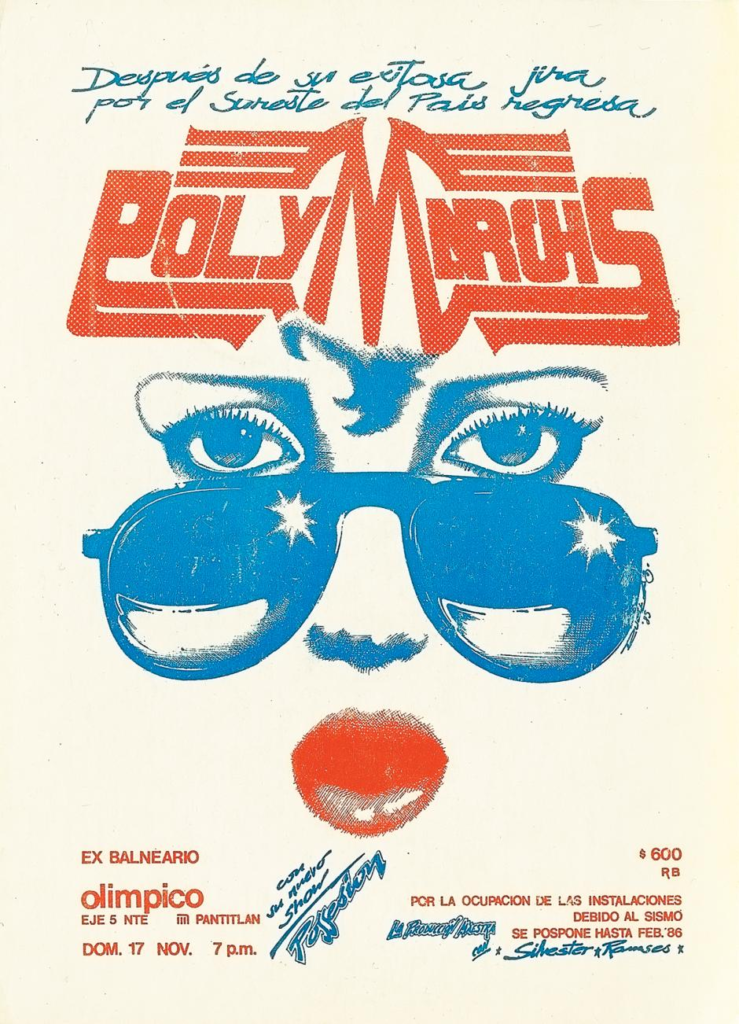
“I have lived through many different waves of cumbia. I’m very happy with the current moment. It’s amazing to see that people in the States, Europe, Japan, or even Colombia, are reopening to this ancient rhythm.”
Earlier you mentioned cumbia from Ecuador as a big influence to you. Were there any other scenes from other towns that inspired your music?
I base my sound on all my favorite cumbias: sonidero style from Mexico City, sonidero from Puebla, rebajada from Monterrey, villera from Argentina, organ style from Ecuador, Wepa from San Luis Potosi, and the faster psychedelic cumbia with guitars from Peru. These are my main influences. Even just in Mexico, we have many kinds of coastal sounds like in Yucatan, Veracruz, Oaxaca, Tabasco, Chiapas and Guerrero. It’s not exactly cumbia, but it is also like a style of cumbia. It’s faster and often performed by bands. In the north, we also have the techno cumbias like Selena, or there’s the Tex-Mex cumbia with accordion and bajo sexto, which is a “Norteño” guitar. So we have a lot of different styles of cumbia just in Mexico. You can go to other countries and it’s the same.
On the topic of psychedelic and coastal cumbia, you also have a side project called Isidro Cuevas y Willy Cabanas. How does this differentiate from Amantes del Futuro?
Isidro Cuevas y Willy Cabanas is my latest cumbia project that I started with my friend Gustavo Naranjo, who goes by G-Flux. He’s a close friend from many years ago. Around ten years ago, he asked me to record vocals for a cumbia he was working on. I told him I could do it, but I would record it rebajada style. I’m not recording with my normal voice anymore. The song went very well, and we decided to start another project that wasn’t G-Flux or Amantes del Futuro. He told me, “What if we call it Isidro Cuevas y Willy Cabanas? You are Isidro and I am Willy.” I was like, “Done. Let’s do it,” and it was just like that. Finally, we made more and more tracks and had the opportunity to release some 45´s with Discos Mas and finally released the first album Producciones Miramar with La Roma Records, followed by a second with La Roma also. We are hoping to release the third one soon.
The problem is that he lives in San Francisco, and I live in Yucatan. We don’t see each other very much, so it’s difficult to have rehearsals. We are seeing how we are going to play live, hopefully soon. But for now, we are trying to finish our third album. This project is very different from what he does or Amantes del Futuro. We wanted to make very slow cumbias with dub and tropical sound. You could say that our idea is like a tropical dubby sonidero.
You’ve been releasing music for over 20 years now. How has the cumbia scene been changing or developing since the post-pandemic years?
It’s interesting, because I have been pushing kumbia to everyone and everywhere for 25 years now. Even in China, I have gone to a lot of places showing cumbia to people who don’t know it. I have lived through many different waves of cumbia. For me, the current wave is the best one. During this time, the audience is really liking my work and my friends’ work. As I told you, in the beginning it was very hard. It took so many years to open people up, and we were treated very badly back then. Cumbia is now in fashion a little bit, but there have been about six waves or I don’t know how many waves of it going down and then going up again. For me, now is the best time because I think my work is more mature. I have finally found what I was looking for. I’m able to release my records. I’m finally able to make tours. I’m very happy with the current moment. It’s amazing to see that people in the States, Europe, Japan, or even Colombia, are reopening to this ancient rhythm. Before, it wasn’t like that at all. It was very dead.
Latin music in general seems to be more popular than ever. Bad Bunny is playing the Super Bowl this year, and reggaeton has become pretty mainstream. I guess to take it a step back, how do you feel about where Latin music is now on a global level?
I think the reggaeton era was very nice for Latin music to be heard and to be accepted worldwide. That was a very good thing for the art of that rhythm. That era stopped recently or a year ago or something. I don’t think cumbia is going to get to that level. Cumbia is different. It’s for another audience. It’s growing a lot, but I don’t think it’s going to get to that mainstream level that happened to reggaeton. With Bad Bunny, this is an amazing thing for people to be recognizing their origins and the culture in Latin America. Even Mexicans from the States who don’t speak Spanish, it’s helping them to recover their heritage. I think it’s a very good time for this to be happening.
You’ve seen many waves of different music come and go. What is currently exciting to you musically?
As I was saying, cumbia has a kind of magic where it’s so huge that you’re always finding jewels. It might be a ‘70s cumbia or from the ‘50s, ‘60s, ‘80s, or ‘90s. For me, as an experimental cumbia producer, the best and most interesting cumbia being made are in Kumbia Net. What my friends are doing is excellent. For the people that don’t know cumbia, there is so much to discover from the old Colombians, Ecuadorians, Mexicans, etc. It’s a huge world, and that’s the magic of this rhythm. Salsa is also like that. It was very big in the 70´s and ‘80s, but I don’t find too much interesting salsa being made after that, just Meridian Brothers. I don’t know. I don’t come from the salsa world. I come from cumbia, and to me, it’s more magical or mystical. Latin music is very huge, and it’s amazing that you can always find treasures that are hidden in so many styles.
Can you share a few of your favorite Kumbia Net tracks?
Lastly, what’s coming up next for you? What can we expect from the ZZK Cumbiateca show on Halloween?
Last year when I played the ZZK party it was amazing. I think this is going to be bigger with more artists. Oriheula MSS from Puebla is a close friend and also a part of Kumbia Net. Mediopicky, and all the other artists who are playing also sound amazing. I guess people will be coming in costumes? So this is going to be a totally memorable and attractive cumbia party with vampires and skeletons. I’m very excited to be a part of it.
For me, I’ve been touring a lot for the past four years. I’m going to take a pause from that because I haven’t been able to finish two or three records that are next in line. I’m going to try to concentrate this next year and finish the third volume of Sabor Sónico. I’m also finishing another line of my work, Los Murciélagos de Yucatán, which are my organ cumbias. It’s a slower, more old-school sound with more organs and sometimes dubby. I want to be able to finish my new music. That´s the plan for now and always… Cumbias from the future… 😉




